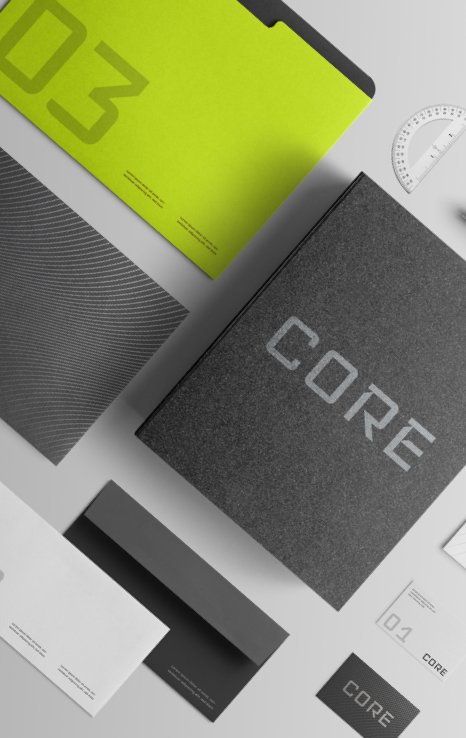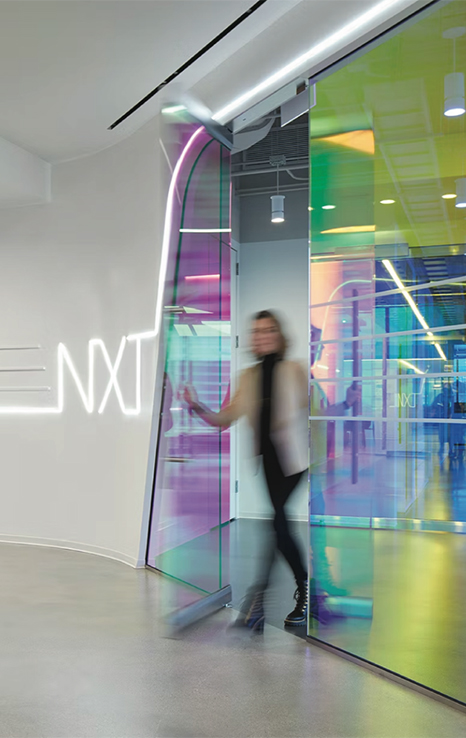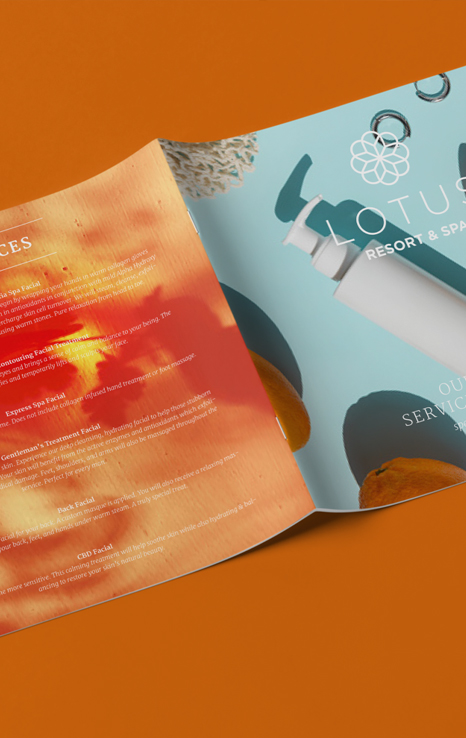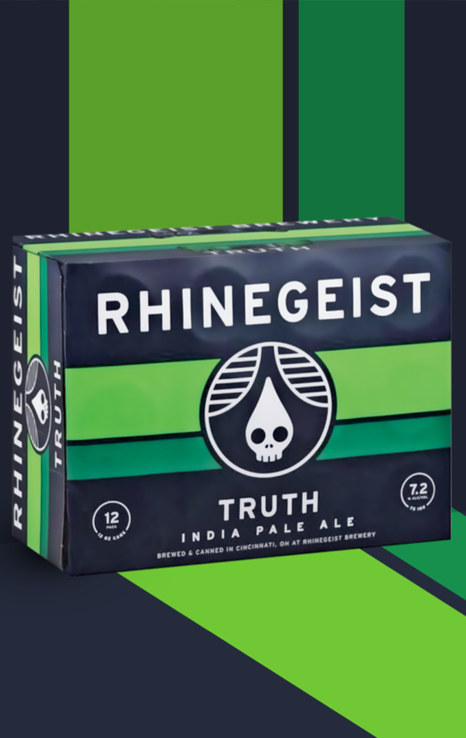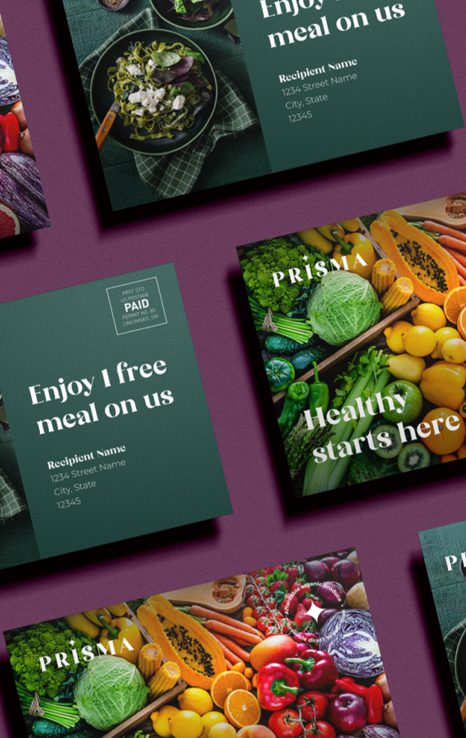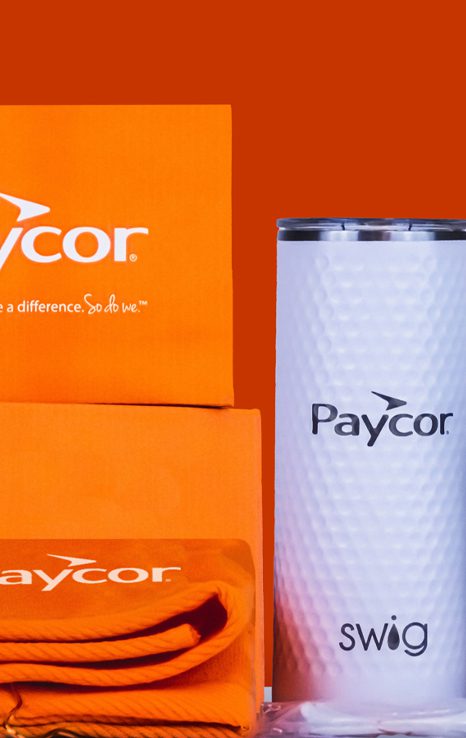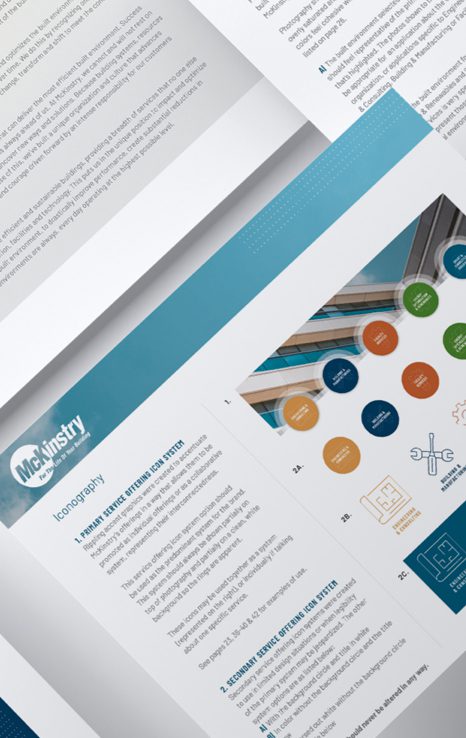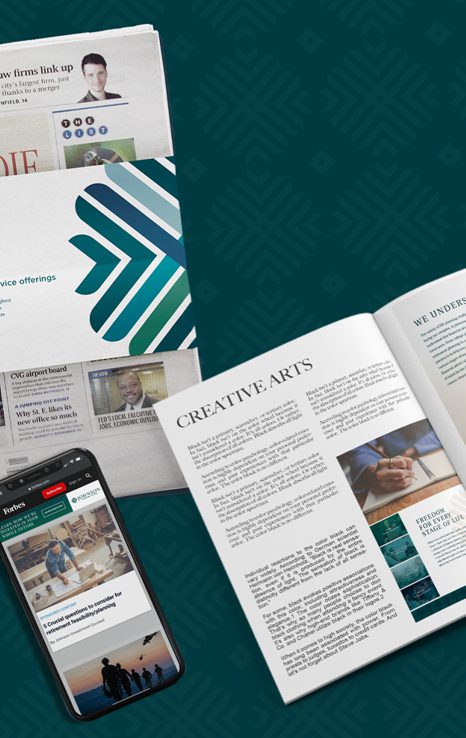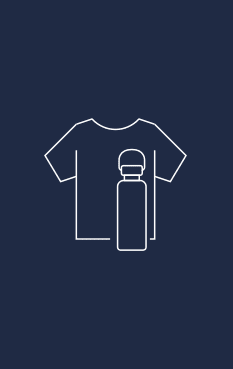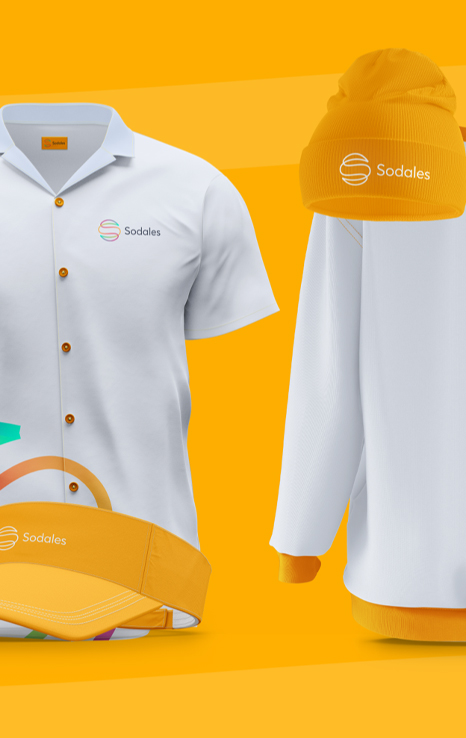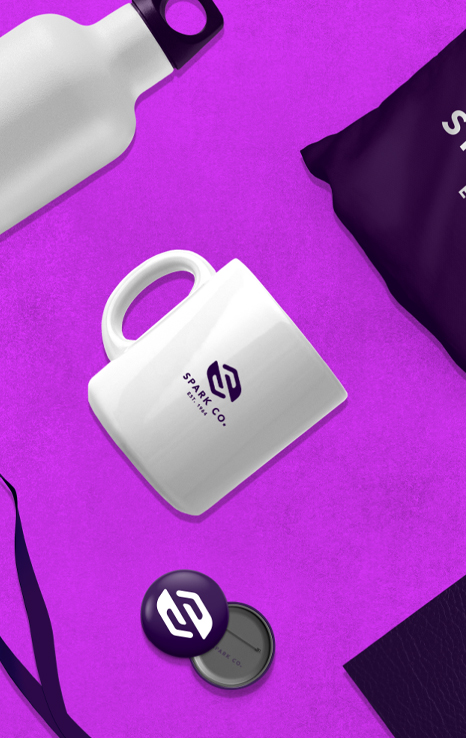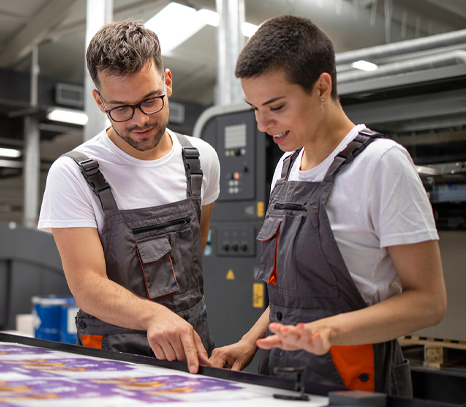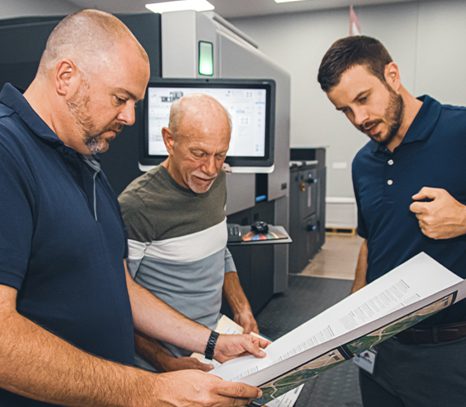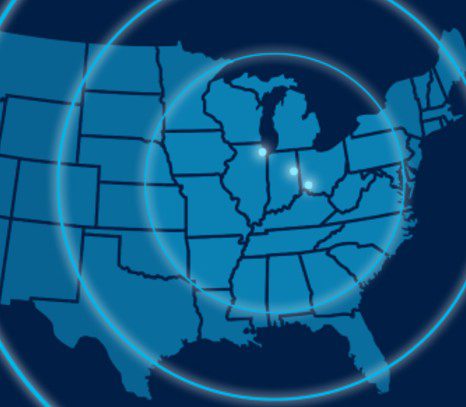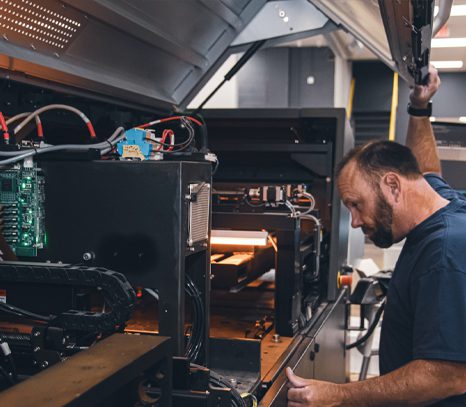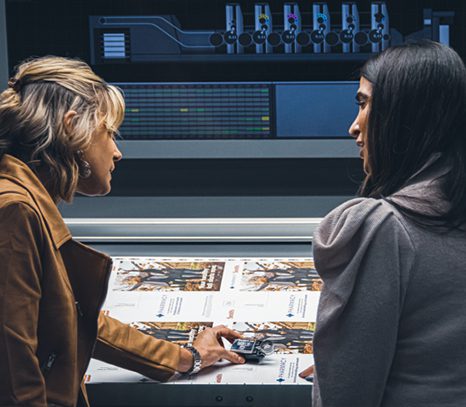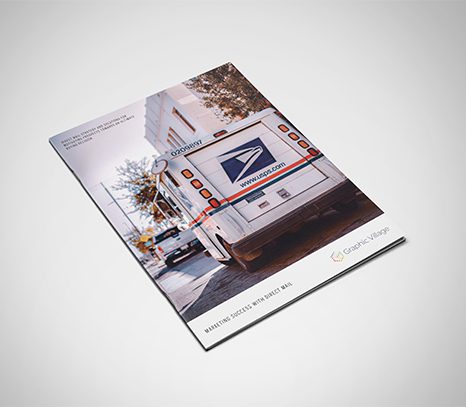In today’s increasingly complex world, the research consistently shows the answer to success is emotional connection with one’s target audience.
Luxury brands have known about this for decades, and have created these connections through elevated physical experiences. Yves Saint Laurent’s traveling pop-up hotel, Hermés’s “Hermesmatic” dip-dying experience, and Louis Vuitton and Supreme’s iconic shared store are just a few recent examples of brands adding unique environments and overall relevance to moments in their customers’ lives.
Yet, as luxury consumers move their interaction with brands online, many businesses must reimagine what these experiences will look like in the future. While some brands’ knee-jerk response is to double-down on digital, this misses two key characteristics of modern luxury buyers:
-
- They are overwhelmed online, and hostile toward advertising.
- They want genuine connections and luxury experiences.
Rather than embracing pure virtual interaction, brands have an opportunity to develop hyper-targeted, hyper-personalized content that creates genuine connections with consumers via the integration of digital technology and one of the world’s oldest mediums: print.
Create Connections through Customization
In a world of cardboard boxes, receiving a luxury good in typical packaging can create cognitive dissonance that turns buyers off. Custom packaging, on the other hand, can help consumers perceive value and elicit an emotional response, especially when companies use on-demand printing technology to customize packaging to a specific customer.
Stand Out from the Online Crowd
While brands are correct in believing that luxury consumers have moved online, they should avoid abandoning non-digital marketing efforts. For example, while brands may expect younger consumers to respond better to digital advertising, more than half of millennials view technology overload as stressful, and nearly 60% enjoy receiving mail from brands.
Moreover, while just 20%-30% of emails ever make it to their intended recipients, 90% of direct mail gets opened. And, given the huge number of brands saturating digital advertising spaces, direct mail has the opportunity to pique younger consumers’ interests at a distinct point in their lives.
Turn First-Time Buyers into Lifelong Customers
The moment consumers receive their item marks a turning point — one that will determine their loyalty (or lack thereof) to a brand. Luxury companies have the opportunity to use print to further sell their culture to customers. For example, after purchasing a Mercedes-Benz SLS AMG, consumers receive a dramatically packaged hardbound book that details the history of their recently purchased vehicle.
Using technology, luxury brands can take this a step further, leveraging hundreds of thousands of available data points to create elevated direct mail that reflects consumers’ interests and interactions with the brand. These high-touch moments of empathy are powerful catalysts for building brand loyalty.
While the above examples are specific to print, they represent a larger shift in how luxury brands communicate and connect with consumers. Rather than viewing digital and physical worlds as distinct, the future will require luxury brands to creatively combine them to create unique experiences, emotional connections, and brand equity with consumers.
Commentary by Alex Levin – The Marketing Insider, August 19, 2021
Photo courtesy of Scodix









